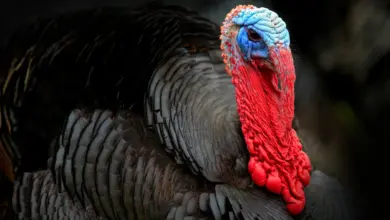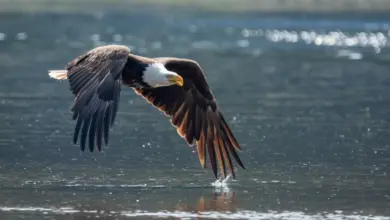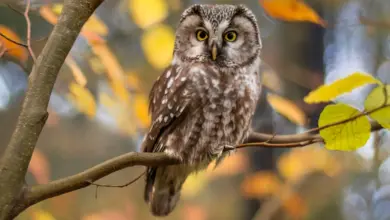What Eats Hawks?
What Eats Hawks? What Do Hawks Eat?
As predators near the top of many food chains, hawks may seem invulnerable. But in the natural world, numerous meat-eaters compete to feast on one another. Several animals regularly prey on hawks, eager to gain nutrition from such raptors.
Hawks face threats in different phases of life. Eggs and nestlings can fall victim to snakes, crows, raccoons, and others. Fledglings, on their first flights, make easy targets for multiple predators.
Even fully grown hawks hunting while airborne or perched must contend with deadly attackers like eagles. To sustain their populations, hawks have evolved clever nesting strategies and rely on aerial evasiveness, speed, and agility to constantly evade these predators.
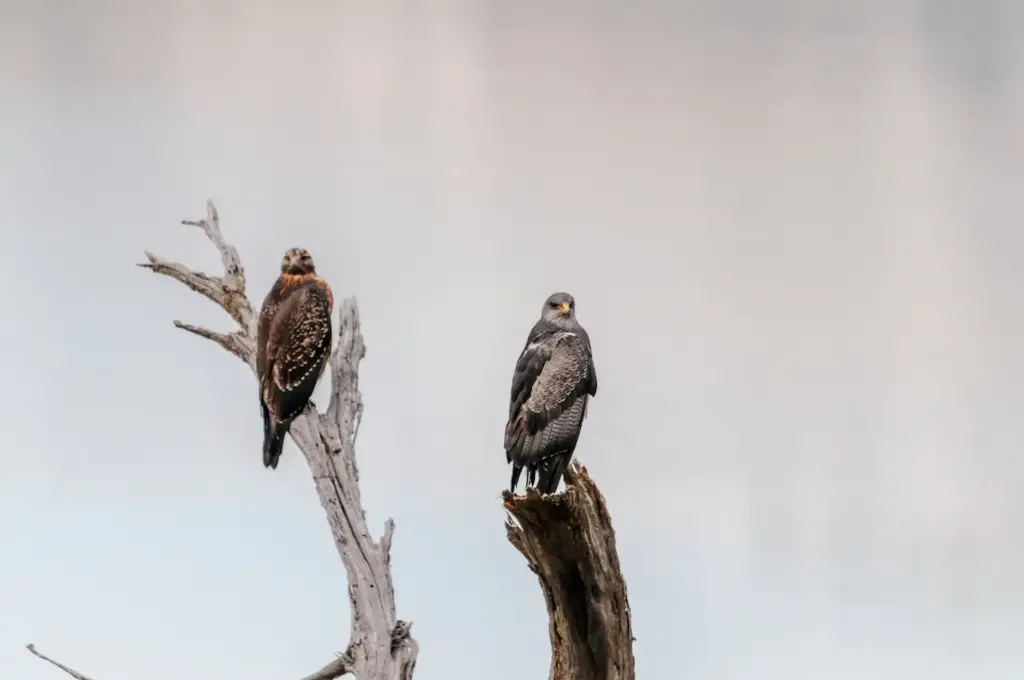
Eagles
Eagles are the foremost predators of other raptors, including hawks. As North America’s largest predatory bird, the bald eagle poses a prime danger to hawks. Golden eagles, martial eagles, and giant harpy eagles similarly prey on hawks across other continents.
With their greater size and strength, eagles can challenge hawks in midair or ransack hawk nests to devour eggs, nestlings, and even adult hawks as ferocious territorial competitors.
Bald eagles sometimes detect the telltale piercing screams of a red-tailed hawk that has caught prey. Upon investigating, they confront the smaller red-tailed hawk and engage it in a perilous aerial duel.
Locking talons, the powerful bald eagle tumbles through the sky, seeking to dislodge the red-tailed hawk from its grasp on a fresh kill. If the red-tailed hawk does not release the contested prey item, the bald eagle resorts to suddenly rotating and aiming its large yellow talons to slash open the hawk.
Bald eagles additionally raid hawk nests, when allowed, to feed upon hawk eggs and chicks. Similar antagonistic battles between bald eagles and hawk species like red-shouldered hawks or broad-winged hawks often end poorly for the hawks.
And North America’s sweeping golden eagles compete even more intensely, chasing down adult hawks of all types to be torn apart in mid-flight or snatched from perches. Across Africa, Asia, and Europe, various large eagles pose equivalent mortal risks to resident hawks.
Owls
As fellow raptors are active in the same habitats and hours, some types of owls also kill and eat hawks. Great horned owls and Eurasian eagle owls are particularly aggressive owl predators of hawk species.
The powerful horned and eagle owls mainly target young fledgling hawks and even attack adult hawks. As opportunistic nest raiders, the large owls consume hawk eggs too, when discovered unguarded. Hawks remain a feature in the diets of these domineering owl species.
Great horned owls frequently hunt at dawn and dusk when some hawks are active. They ambush unwary raptors of any type, seizing them in oversized talons and ripping them apart with a sturdy hooked beak or carrying them away as food for owl young.
Young hawks, including sharp-shinned hawks, Cooper’s hawks, and red-tailed hawks, often fall prey to marauding great-horned owls upon leaving the nest.
The giant Eurasian eagle owl behaves similarly, surprising and killing various hawk fledglings as well as occasionally full-grown buzzards, harriers, or kestrels across Europe and Asia that stray too close to an owl roost.
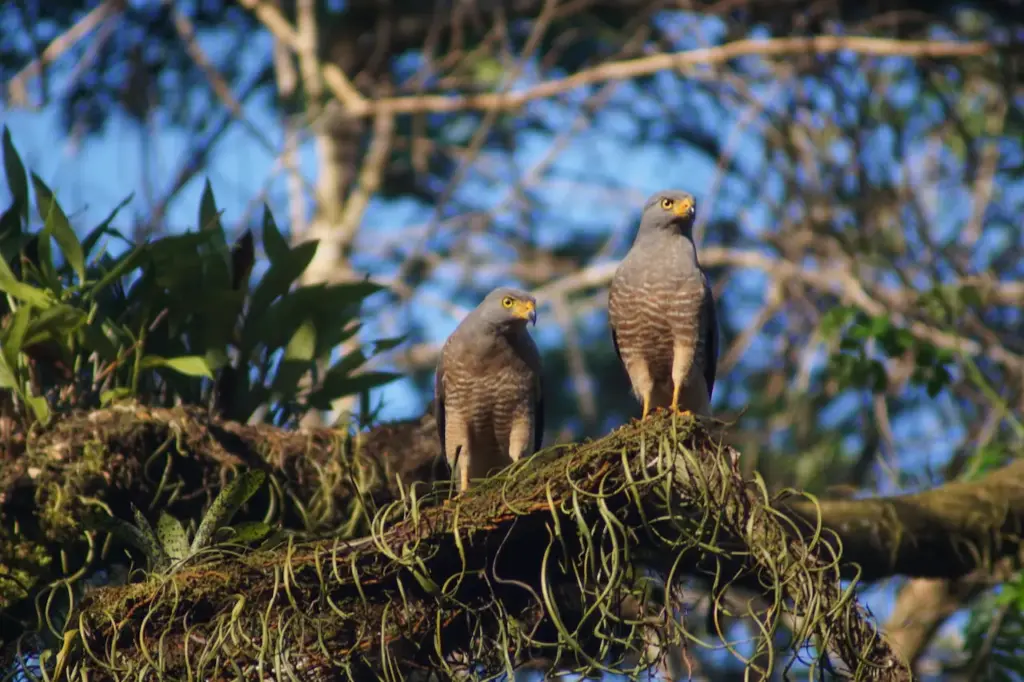
Felines
Like other predators, wildcats cannot resist taking a hawk meal when the chance arises. Bobcats and lynx sometimes snag unwary perched raptors like young red-tailed hawks.
And the quick reflexes of pumas enable them to pluck sizable hawks right out of the air. Hawks represent nutritious supplementary fare for these opportunistic feline hunters.
Pumas are agile enough to catch flying raptors, perfecting the technique of abruptly leaping upwards and snatching low-gliding hawks from the air with a swipe of an outstretched front paw tipped with sharp claws.
Most hawk species are potential puma prey if they fly or perch within reach as the big cats traverse territories up to 120 square miles in size when hunting prey ranging from deer to porcupines.
Though a puma is unable to pursue airborne hawks at speed, their 9-foot vertical jump capabilities prove deadly for hawks in the wrong place at the wrong time.
Meanwhile, bobcats and Canada lynx surprise perching raptors, especially younger birds like fledgling Cooper’s hawks or red-tailed hawks.
The wildcats stealthily creep up on preoccupied hawks and pounce to knock them off a branch to the ground, where their talons and teeth swiftly finish the Hawks struggled to take flight again.
Canines
Ranging widely across wilderness tracts, opportunistic coyotes and foxes manage to capture hawks at times.
Both red foxes and coyotes feature the remains of young hawks in their omnivorous diets. The canines rely on their cunning to stalk hawks and patience to seize occupants of hawk nests.
Red foxes especially target hawk nests built closer to the ground, raiding them for eggs and nestlings when hawk parents are away gathering food.
Camouflaged red foxes cautiously approach nests and then leap up to snatch hawk nestlings in their jaws before the grounds or fiercely protective hawk adults can respond. Adapted to pounce upwards and catch mice and birds, red foxes easily access most stick nests.
Coyotes rely on their legendary cleverness and persistent hunting abilities to eventually wear down fledgling hawks learning to fly and hunt until they can be caught.
Coyotes also manage to snag unwary ground-dwelling hawks like northern harriers when opportunities arise by startling them into flight before galloping and leaping after them.
Snakes
As nest raiders and ambush experts, snakes eat their fair share of hawk eggs, nestlings, and occasionally adult hawks. Rat snakes, in particular, specialize in climbing vegetation to pilfer eggs and chicks from bird nests situated up to 30 feet high.
They target accessible hawk stick nests built only 6 to 60 feet off the ground. Rat snakes thereby eat the young of many hawk species before the nestlings start to grow defensive feathers.
By infiltrating arboreal nest sites, rat snakes consume the broods of hawk species like short-tailed hawks across the tropics, as well as red-tailed hawks and ferruginous hawks in temperate zones.
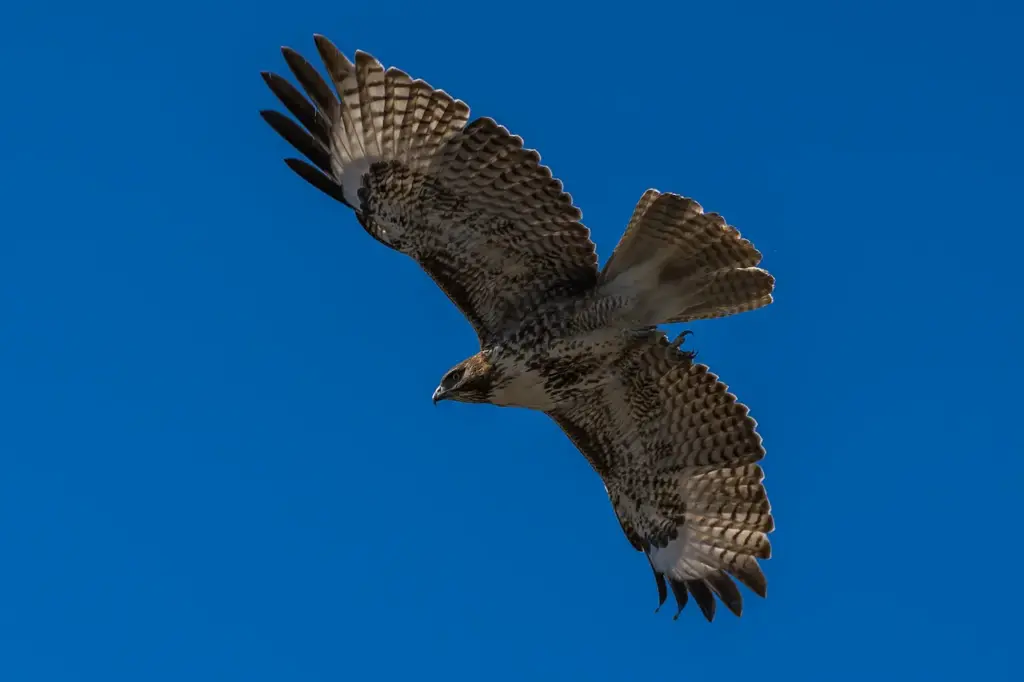
The snakes can ingest up to a dozen eggs each from multiple nest raids. After hatching, defenceless hawk nestlings just days old also wind up prey for hungry rat snakes easily able to access most hawk nests.
Beyond raids, thought rattlers and large pythons ambush roosting hawks. They strike to inject venom or constrict hawks to death as supplemental prey.
Overall a diversity of snakes threaten hawks primarily during breeding season when nest sites concentrate vulnerable eggs and chicks.
Conclusion
To defend against the multitude of predators targeting them during different life stages, hawks rely on nesting strategies to limit their vulnerability. They place nests high up on remote cliff ledges and deep within trees to reduce detection.
And hawks choose to nest in tight spaces like intersecting branches that inhibit access by would-be nest raiders. Hawks additionally rely on aerial quickness and agility to escape surprise attacks.
And they leverage armoured talons and razor beaks as their weapons to battle against aggressors. But despite their adaptations, hawks ultimately cannot eliminate losses from the diverse meat-eaters competing for any nutrients they can extract from such raptors.
The success of hawks across habitats lies in producing sufficient offspring to sustain populations amid the persistent threat of predators.

